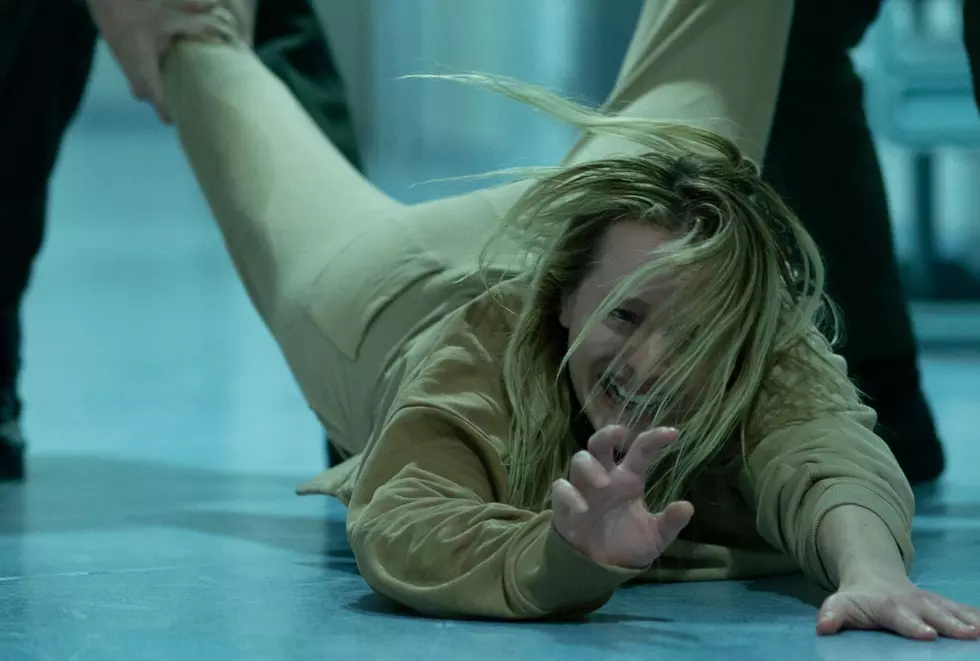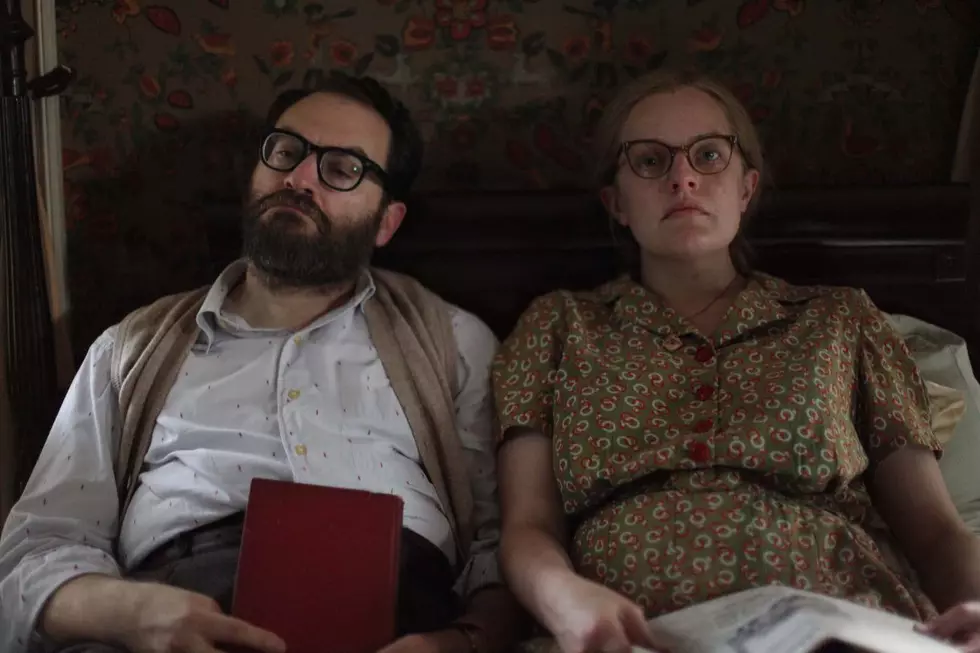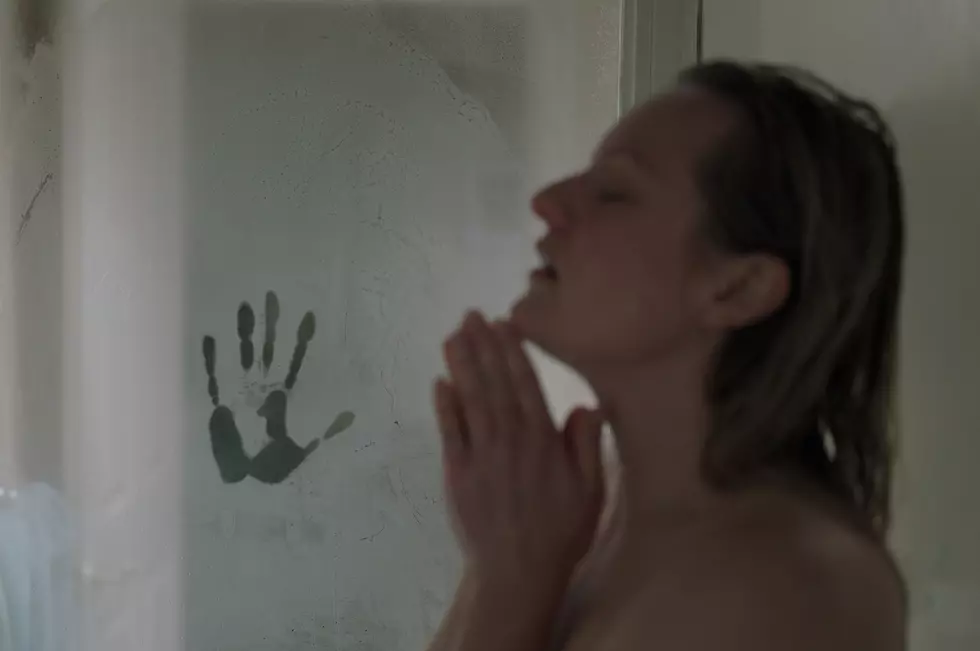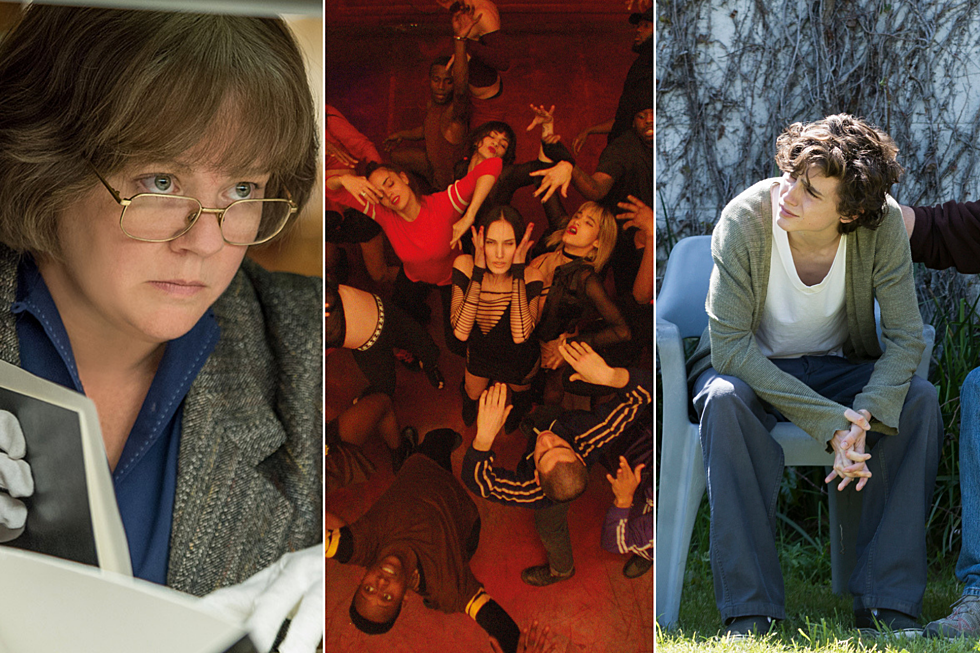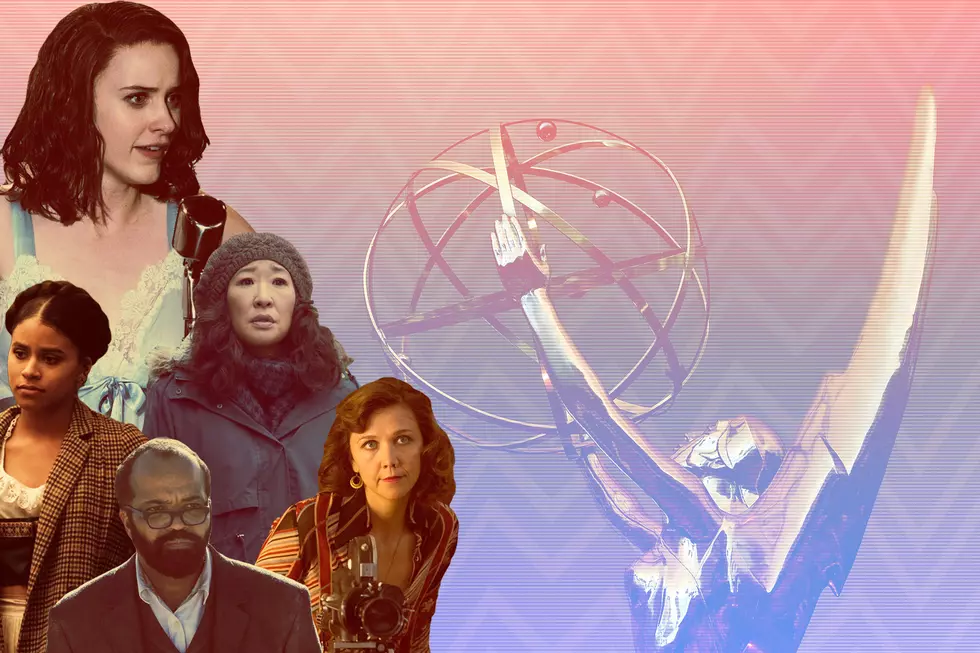
Premakes: How Does 27-Year-Old ‘The Handmaid’s Tale’ Film Compare With the TV Show?
Some of the most popular movies and TV shows of all time are based on true stories or pieces of literature that have been adapted multiple times. “Premakes” looks at the similarities and differences between a modern classic and one of the lesser-known works that beat it to the marketplace.
The premake: The Handmaid’s Tale, a 1990 adaptation of Margaret Atwood’s popular dystopian novel, directed by Volker Schlöndorff and scripted by Harold Pinter (with heavy rewriting by Atwood and others, reportedly). A recent returnee to best-seller list in the wake of the election of President Trump, the book has inspired a TV series, streaming on Hulu.
The story: In a frighteningly plausible authoritarian/theocratic near-future, a middle-aged wife, mother, and publishing industry professional (played by Natasha Richardson in the movie and Elisabeth Moss on Hulu) is separated from her family and assigned to work for a high-ranking government official as a “handmaid.” The woman named “Offred” (as in “of Fred,” the name of her new boss) is expected to have ritualistic sex on a regular basis, and to provide her infertile employers with a baby. Once she’s installed in the household though, Offred discovers that the people benefiting most from this new order are secretly hypocrites and skeptics—and fairly miserable to boot. Meanwhile, in her interactions with fellow handmaids and others from the lower castes, Offred finds herself becoming part of a growing underground resistance.
What’s different: A lot of the variations between the movie and the series are matters of design, and contemporaneousness. When Offred goes shopping in the movie, for example, she uses plastic voucher cards, while the TV Offred has slips. The series is truer to the book in its conception of the handmaids’ outfits, which more often includes the “wings” headwear that hides their faces. The visual styles are distinct, with the show hewing to the darkness and grayness of modern prestige television. The casting in the modern version is also more ethnically diverse.
The biggest differences though have to with the extra time Hulu’s Handmaid’s Tale has to work with versus the big-screen version. Even in the shared opening sequence of the heroine trying (and failing) to race through the wilderness to freedom with her daughter, the TV show runs much longer, attempting to build a suspenseful cat-and-mouse scene, not just impart narrative information. Hulu’s Handmaid also features a lot of voiceover narration, commenting directly on the action, and it extends the flashbacks further, with much more explication of how society rapidly sled into theocratic fascism.
All of that matters, because it emphasizes that every member of this new, highly stratified society has a memory of how things used to be. That changes the meaning of some of the interactions, even those that are repeated almost verbatim in the movie and on TV. Offred and her mistress in particular both seem to be wiser to the dynamic between them in the new Handmaid’s Tale, and know that just a couple of years ago, they’d be social equals, as educated, relatively privileged women — though they likely wouldn’t have been friends, due to their diverging politics. Part of what Hulu’s series does so well is stoke viewers’ sense of injustice at the outrageous condescension Offred suffers.
What’s the same: The new version updates the pre-reformation cultural references to include Uber and Tinder, but it doesn’t really modernize the book’s conception of Christian orthodoxy, which remains very much rooted in the early ’80s “Moral Majority” era. The character of the handmaids’ trainer, Aunt Lydia (played by Victoria Tennant in 1990 and Ann Dowd today) uses the harsh language of right-wing TV and radio evangelists, as she rails against birth control and blames rape victims for leading men on. She describes this new world as having more “freedom,” because now women don’t feel obliged to be “whores.”
Both Handmaid’s Tales are also keenly attuned to the speculative fiction freakiness of the novel, with citizens stiltedly greeting each other with official salutations like “under his eye,” before participating in bizarre rituals like the one that sees the handmaids administering justice to sex criminals with their bare hands. Both the movie and the show get across the idea that ordinary people can endure oppression by finding their own ways to express themselves within the system—through secret communication, silent sabotage, or by channeling their anger through moments of state-approved emotion.
Key shared scene: Both the film and the series draw a lot from Atwood’s novel; and the moment that’s most fraught with tension and rich meaning in all three is when Commander Fred (played by Robert Duvall on the big screen and Joseph Fiennes on the small) invites Offred into his parlor for a super-off-the-books game of Scrabble. There are so many layers upon layers in this scene, in every version. On one level, it’s an act of grace on the part of the boss: an open acknowledgement that the system he serves is harsher than it needs to be, and that he remembers what it was like to be friendly with a woman who’s not his wife. But at the same time, his kindness is conditional, and in a lot of ways self-congratulatory. The very act of saying, “I’m going to treat you as an equal for an hour” is also a way of adding, “Because you and I both know you’re not.”
The movie includes a later parlor scene (which may eventually make its way into the series), where Fred talks about his past life in “market research,” and insists that society needed to be “cleaned up” because of the undue influence of “pressure groups” like “blacks, homos ... all those people on welfare.” The heroine counters with, “I had a family and a job I was good at. I didn’t need ‘cleaning up.’” Fred hastily mutters, “I didn’t mean you,” although in the abstract, she’s exactly who he hated: a successful, progressive feminist. It’s only when he faces his “enemy” one-on-one that his idealism breaks down.
Which to watch first? It depends on how much you care about “spoilers.” The TV show’s a better adaptation of the book’s themes, but because it’s open-ended, by the time it’s run its course it may not ultimately tell Atwood’s story as faithfully as the movie does. That said, the film’s kind of a once-over-lightly introduction to the novel, while the series then circles back over the same ground with greater depth, more attention to detail, and unique additions that deepen the characters and situation. If you don’t mind knowing the plot in advance, start with the big-screen version, which should then whet your appetite for the new one.
More From ScreenCrush
